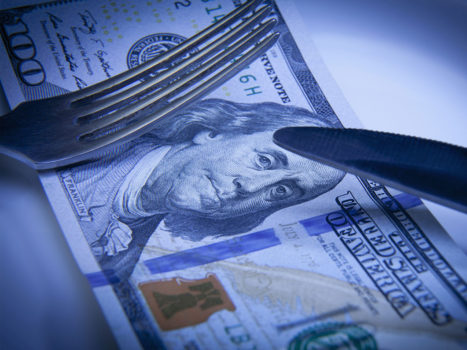Low-income seniors – and others as well – will again be able to purchase fresh fruit and vegetables at farmers markets as commerce continues to come back from the pandemic shut-down of 2020.
Indications are that markets are a go for 2021, and in May and early June many states were setting guidelines for market protocol, with updated information to be made available at the Farmers Market Coalition, https://farmersmarketcoalition.org.
In its age-specific Seniors Farmers’ Market Nutrition Program, with info available at https://www.fns.usda.gov/sfmnp/senior-farmers-market-nutrition-program, the USDA has implemented a method by which low-income seniors will have access to “locally grown fruits, vegetables, honey and herbs” with the purpose of both increasing demand through that access and also aid in the “development of new and additional farmers markets, roadside stands, and community support agricultural programs.”
Low-income seniors are “generally defined as individuals who are at least 60 years old and who have household incomes of not more than 185 percent of the federal poverty income guidelines.” The common locations that benefit from the program are senior centers and senior housing, with government grants awarded to “states, the District of Columbia, U.S. Territories, and federally-recognized Indian tribal governments.” The program is administered by state agencies such as a state Department of Agriculture or Aging.
Funding for the program comes from the Farm Bill, with 90 percent of the federal monies funding food costs and 10 percent handling administrative costs.
According to the site, “The SFMNP awards grants to States, U.S. Territories and Federally recognized Indian Tribal Organizations (ITOs) to provide low- income seniors with coupons that can be exchanged for eligible foods at farmers’ markets, roadside stands, and community supported agriculture (CSA) programs. The majority of grant funds must be used for benefits. State agencies may use up to 10 percent of their grants for program administrative costs.”
The program does have an established track record, and the site noted that in 2017 nearly 812,000 people received benefits. Stats from that year show nearly 20,000 farmers, more than 3,600 farmers markets, more than 2,500 roadside stands and nearly 100 CSAs were authorized to accept SFMNP checks or coupons.
SFMNP State agency contacts can be found at https://www.fns.usda.gov/sfmnp/sfmnp-contacts.


